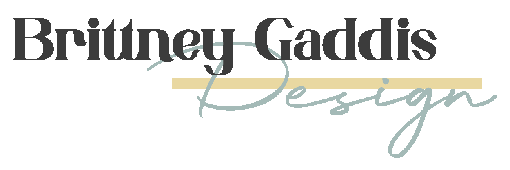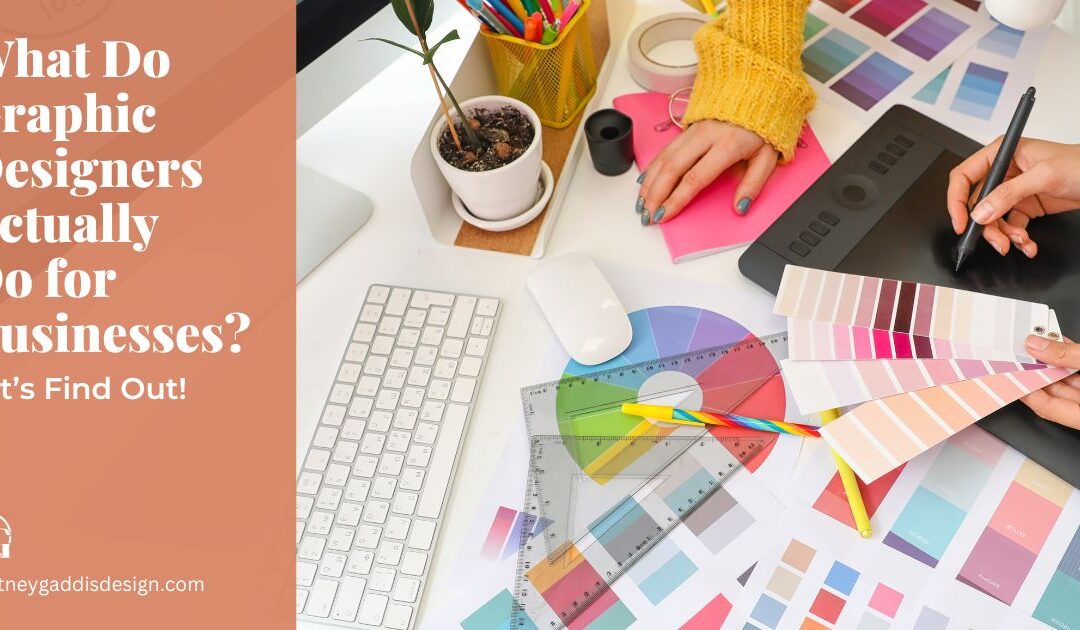Are you a small business owner or marketer looking for a graphic designer to help you create visually stunning content? Then buckle up, because we’re about to take you on a creative journey through the daily tasks of a graphic designer, the tools they use, the design process, and the skills required for the job.
Roles and Responsibilities of a Graphic Designer
A graphic designer’s job is to create visual content that speaks to your target audience. But what exactly does that mean? Well, it means everything from logos to branding materials, advertisements, marketing materials, illustrations, and website design. In other words, anything that can help your brand stand out in a sea of competitors. They use a range of colors and fonts to give your brand a consistent look and feel across all marketing channels.
Tasks
- Conceptualizing and creating visual designs for marketing materials, such as logos, flyers, brochures, social media graphics, and websites
- Collaborating with clients or team members to develop and refine design concepts
- Presenting design concepts to clients or stakeholders and incorporating feedback into final designs
- Managing multiple design projects simultaneously and meeting deadlines
Tools of the Trade
Graphic designers use all sorts of exciting software like Adobe Creative Suite to create designs that will make your brand stand out. They also need hardware such as computers, tablets, and printers to produce high-quality work. Depending on the task at hand, different software is used. For example, Adobe Illustrator is perfect for creating logos and illustrations, while Adobe Photoshop is perfect for image editing. The software helps graphic designers create designs that are visually stunning and, more importantly, that capture the essence of your brand.
Tools:
- Adobe Creative Suite, including Photoshop, Illustrator, and InDesign
- Sketch, Figma, or other design software
- Pen tablet or stylus for digital drawing
- Photography or video equipment for visual content creation
The Design Process
The design process involves a deep understanding of your brand, audience, and competitors. Your graphic designer will conduct research to learn about your brand’s goals and target audience, as well as your competitors’ strengths and weaknesses. Then, they’ll create a design that meets your specific needs. It’s a back-and-forth process of refining the design until it’s perfect for your brand. This process ensures that your brand stands out and speaks to your target audience.
Here’s a breakdown of the creative process a graphic designer typically follows:
- Planning: Define the project’s goals, target audience, and timeline. Gather all necessary information and requirements from the client or team members.
- Research: Conduct research on the client’s industry, competitors, and target audience. Analyze design trends, styles, and techniques that align with the project’s goals and requirements.
- Concept Sketching: Develop initial design concepts based on the project brief and research findings. Sketch rough ideas on paper or a digital platform to explore different directions and possibilities.
- Presentation: Present the design concepts to the client or stakeholders for feedback and approval. Explain the rationale behind each concept and how it aligns with the project’s goals.
- Revision: Based on client feedback, refine the chosen concept and make any necessary revisions. Iterate until the final design meets the client’s expectations and requirements.
- Production: Prepare the final design files for delivery, whether it be print or digital. Ensure that the design is optimized for its intended use and that it meets all technical specifications and requirements.
Skills Required for Graphic Designers
A great graphic designer is creative, communicative, detail-oriented, and has technical skills. They can work within a team and juggle multiple projects at once. They know how to manage their time effectively, so deadlines are never missed. A graphic designer’s skills are critical to the success of your brand’s visual content. With the right skills, your designer will create stunning designs that communicate your brand’s story to your target audience.
Skills:
- Creativity and a keen eye for design aesthetics
- Strong communication skills and ability to collaborate effectively with clients and team members
- Attention to detail and ability to meet strict deadlines
- Knowledge of design principles, typography, color theory, and layout design
- Familiarity with web design and UX/UI best practices
Conclusion
In conclusion, graphic design is an essential component of modern-day business. A talented graphic designer can create visual content that tells your brand’s story and speaks to your target audience. They use software and hardware to bring your brand to life, and the process of graphic design is an exciting and collaborative one. If you’re looking for a design partner to help you with your marketing materials, make sure they have the skills, creativity, and expertise to take your brand to the next level!



Recent Comments